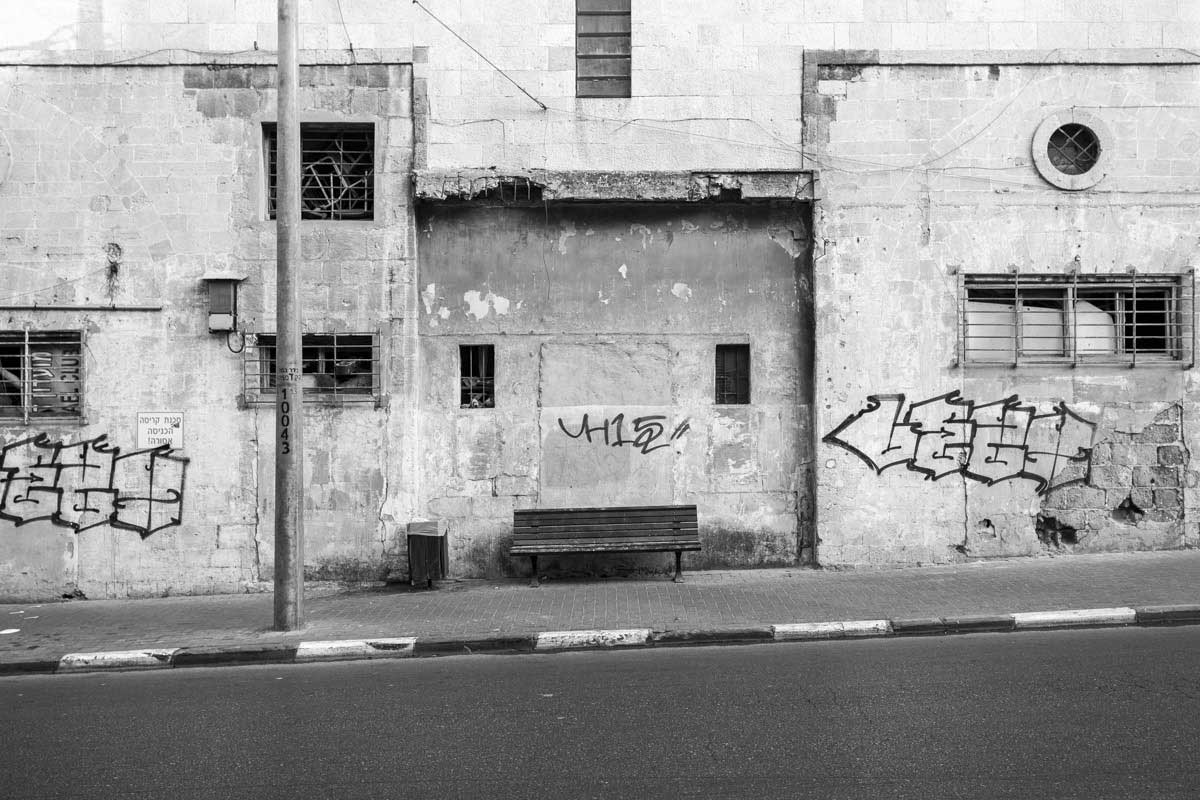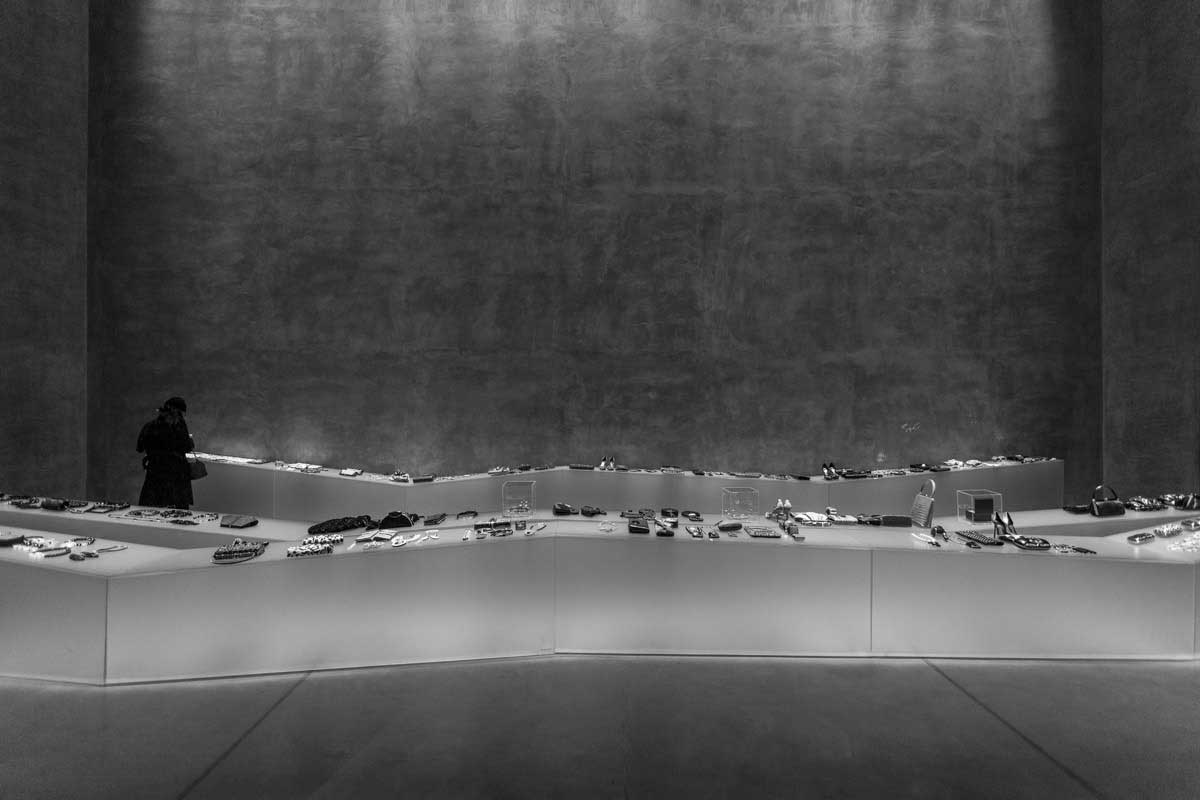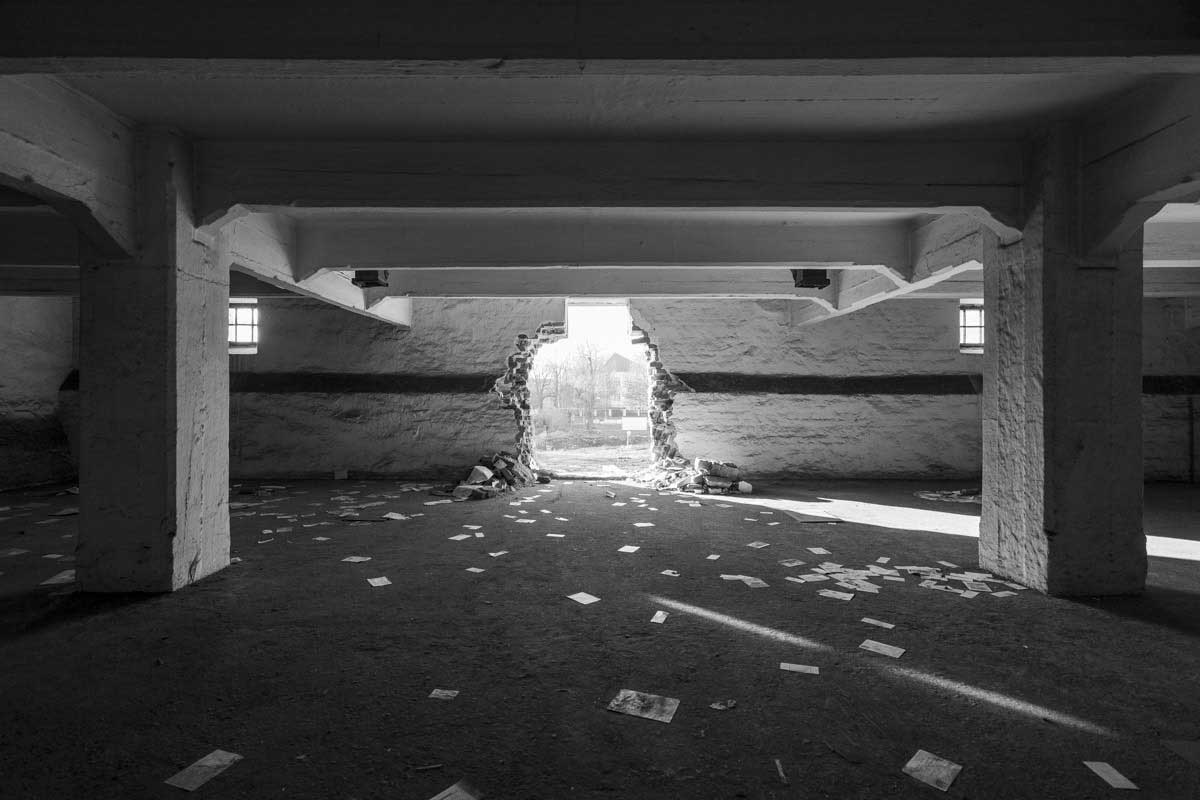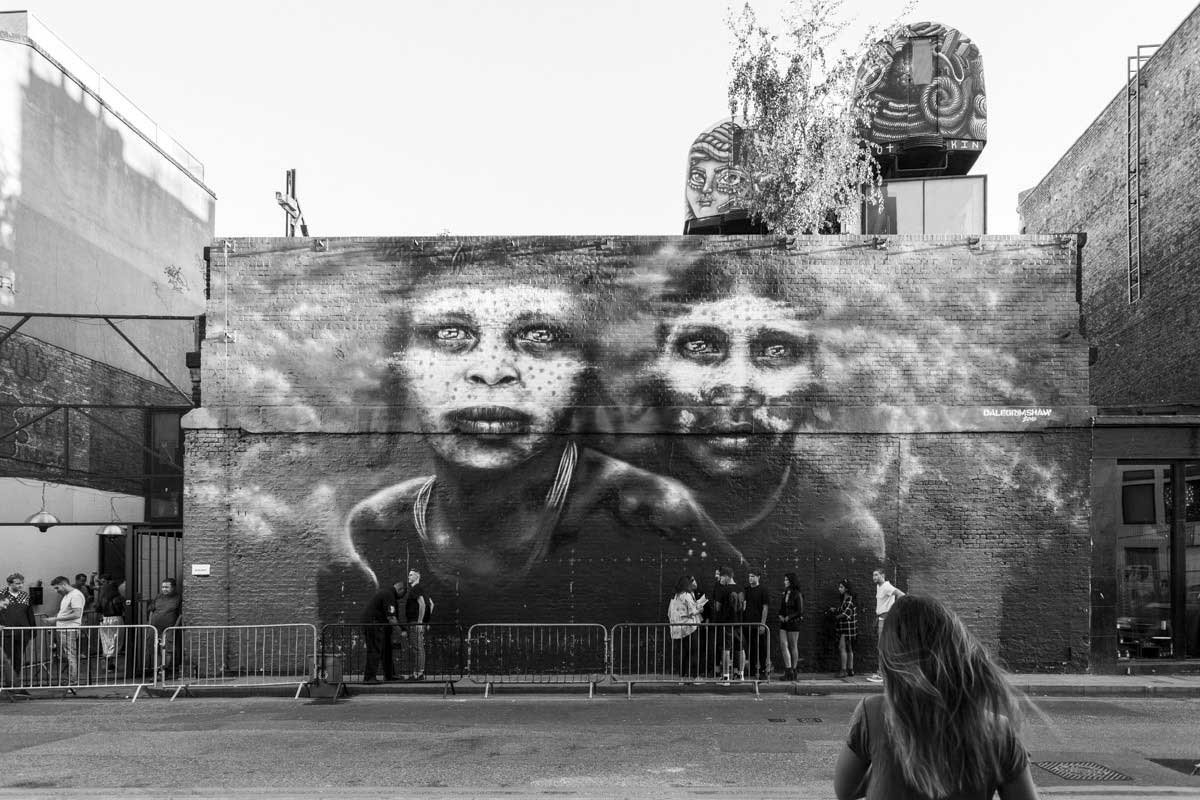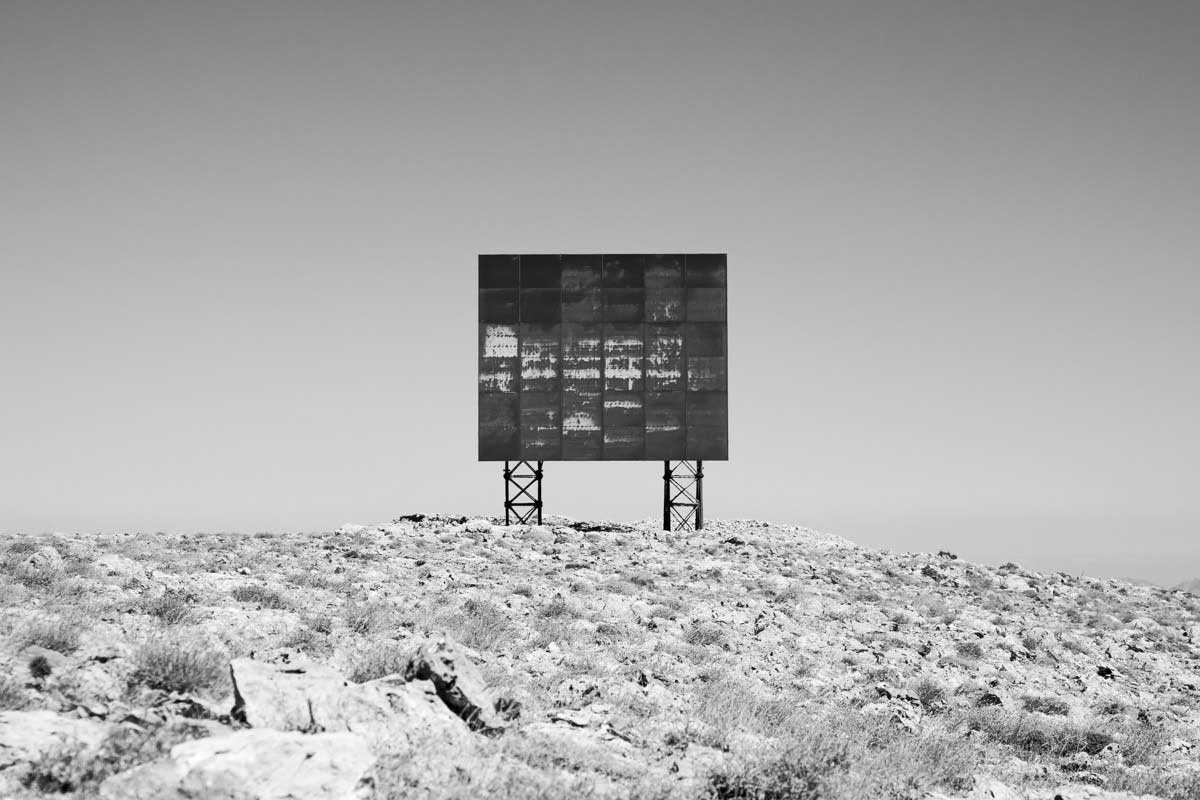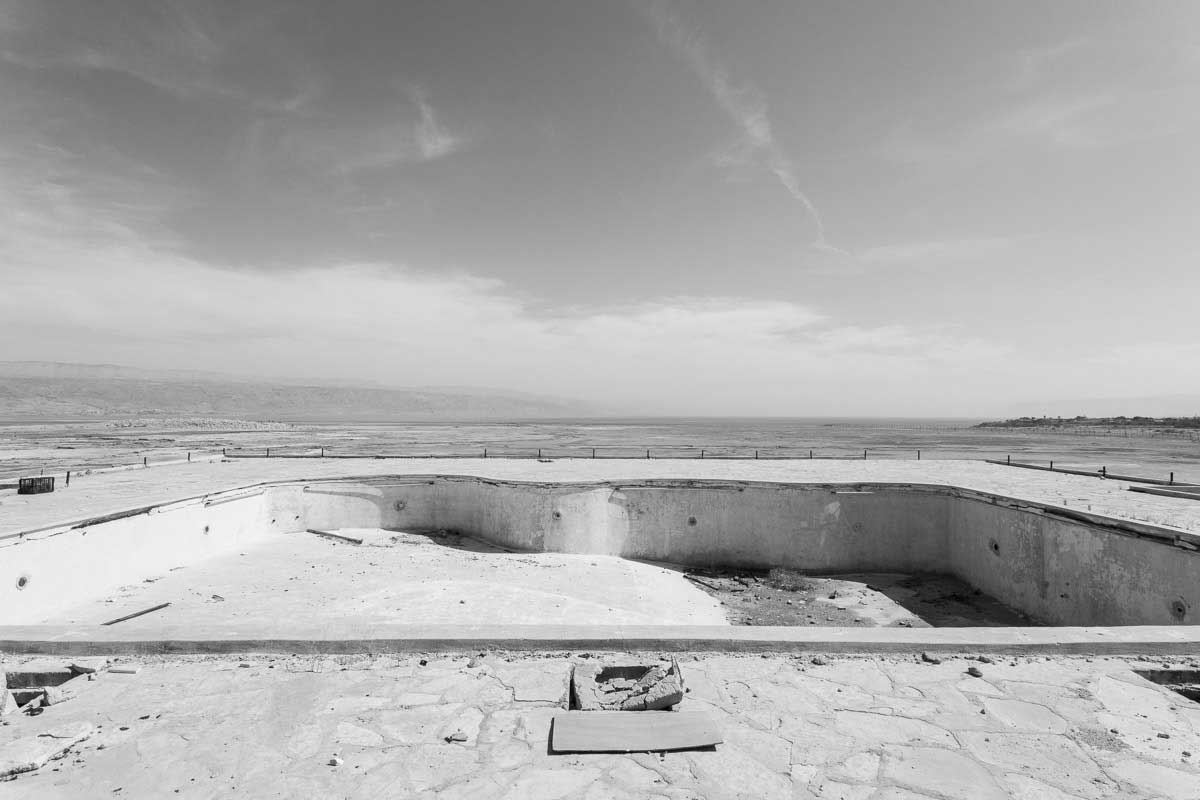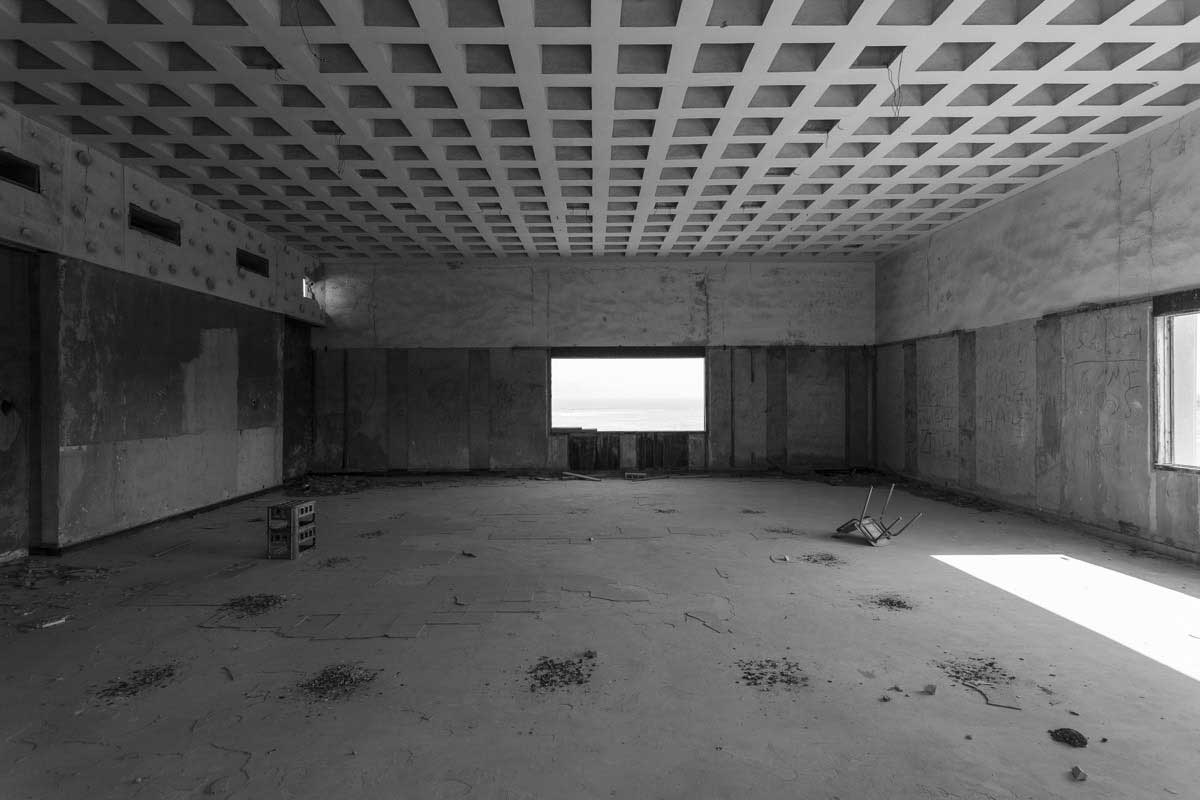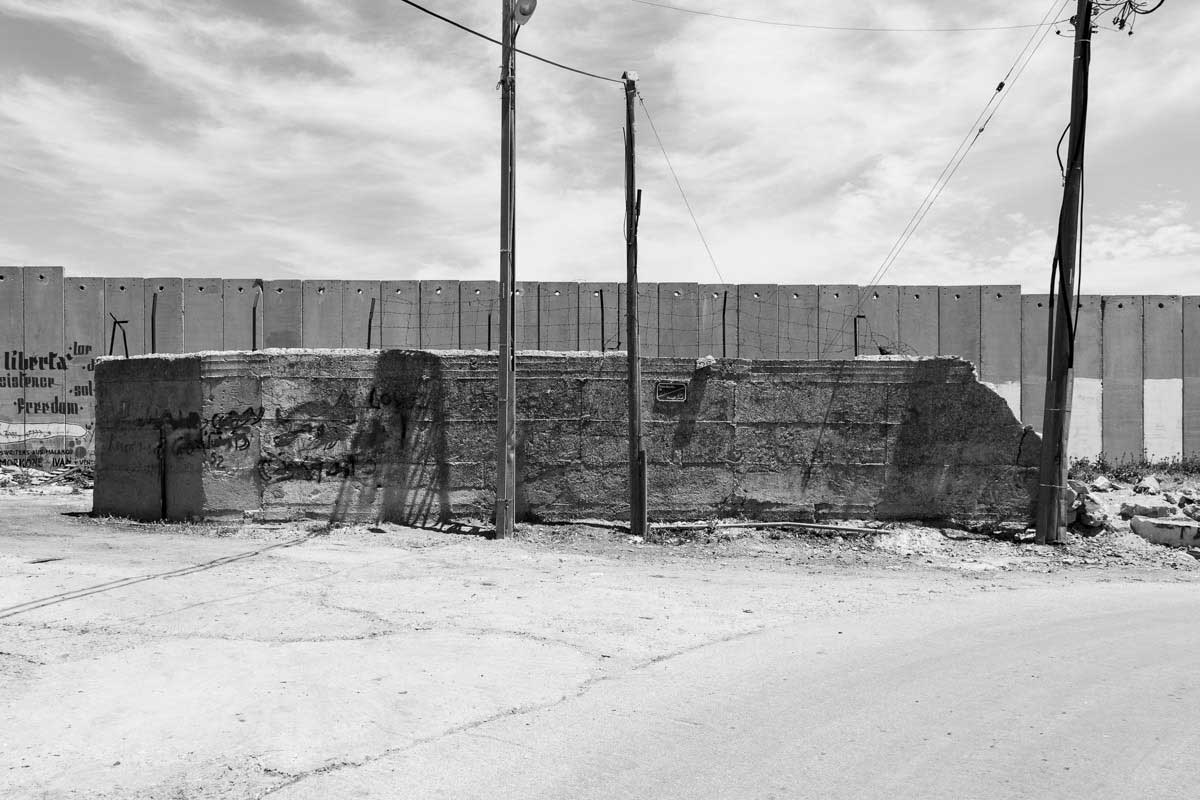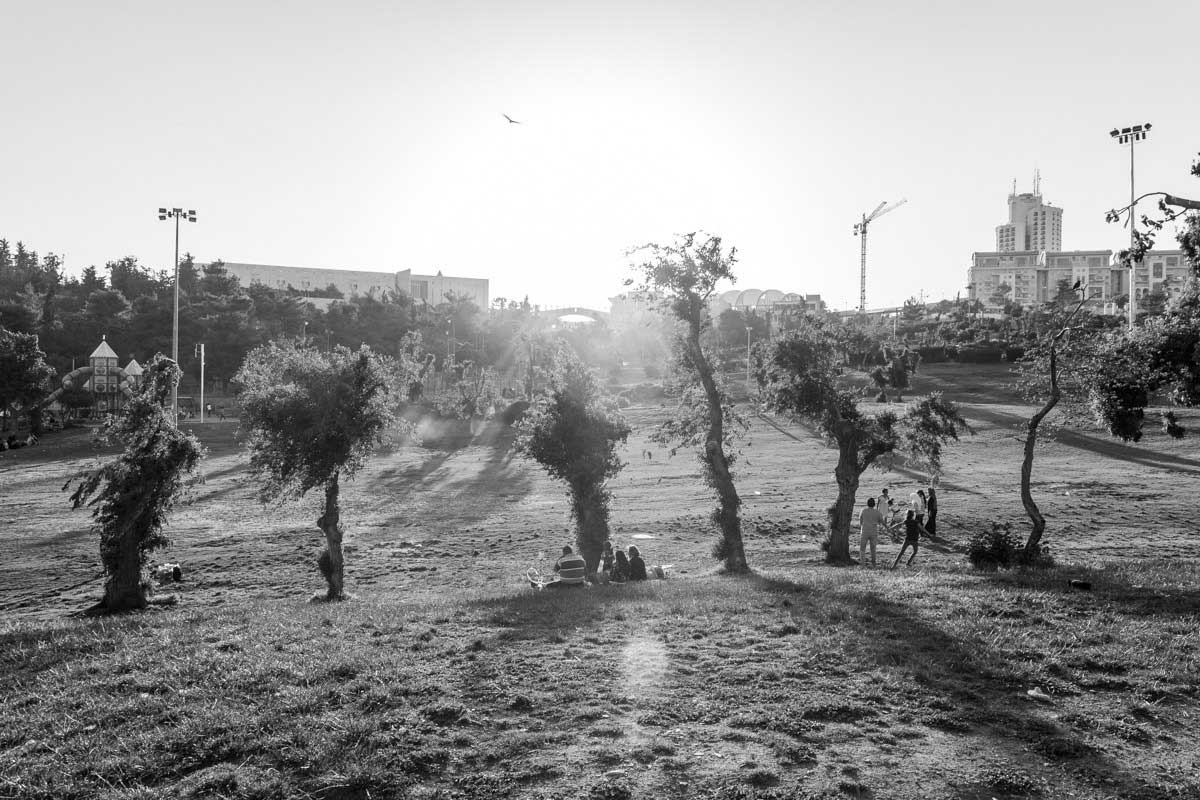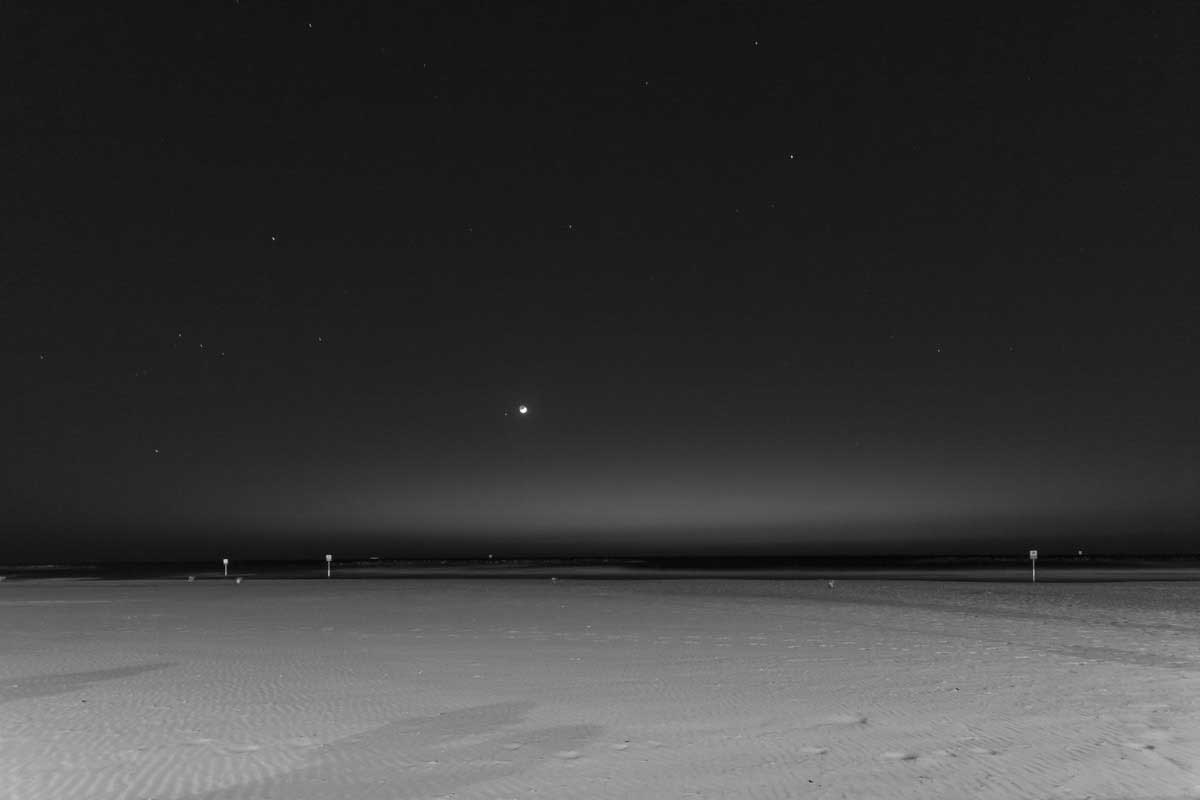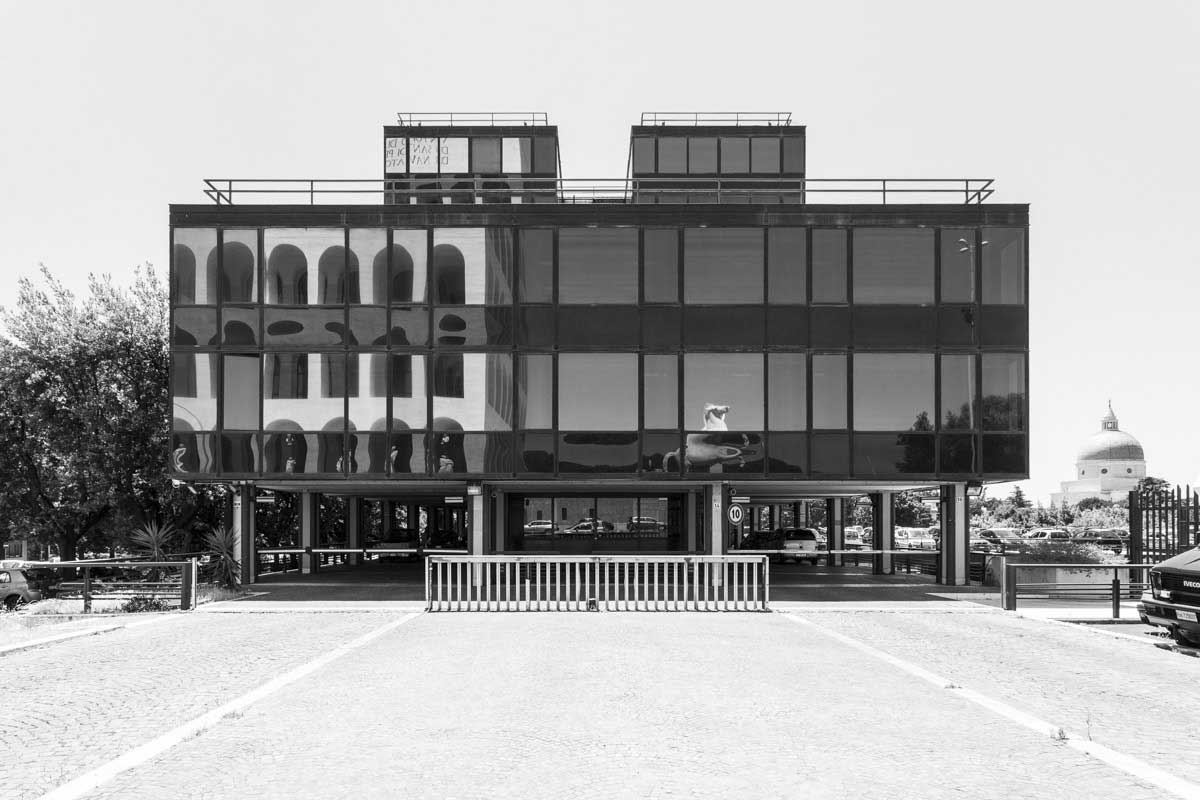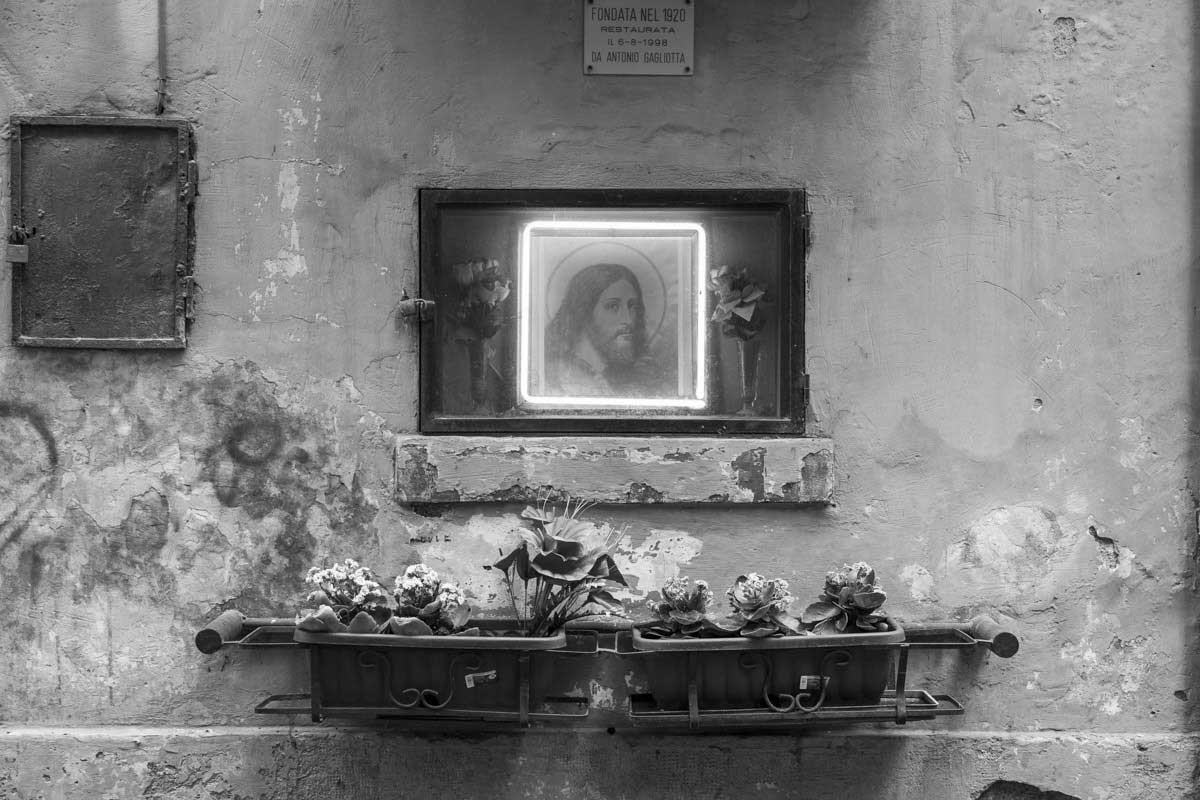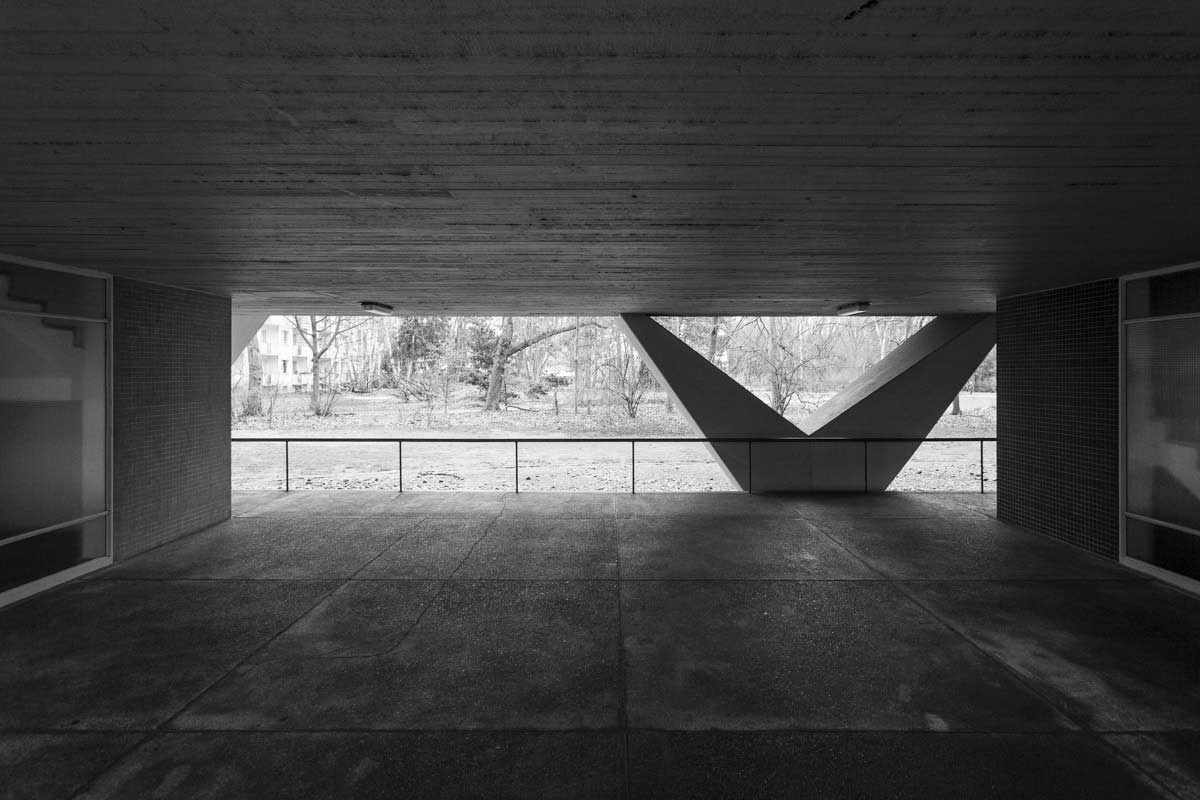In the long-termed, ongoing work “Timepiece” Austrian photographer Martin Grabner is in search of the Lacanian imaginary in architecture and space.
The photographs show places and constructions that contain – or are loaded with – more meaning than visible on first sight. Martin Grabner conceptualizes his photographs as visual research completing his work at Graz School of Architecture, where he is teaching architecture on an urban scale.
Their seemingly silent protagonists are telling of past rifts and present conflicts, are characterized by traces of history as well as by everyday use and appropriation. Contentual and formal relations between the photographs support the viewers process of decoding the images, which are in various relation to each other.
The work examines traditional and exceptional icons in their role as magical objects, be that a devotional picture of Jesus in the backstreets of Naples, a gigantomanic iPhone-advertisement at Potsdamer Square in Berlin or fashion-accessoires elevated to art in Milano. It is exploring places in Palestine/Israel that unveil the immanent contradictions of the country and its political situation: superficial peace and seemingly freedom for a few at Tel Aviv beach and in Sacher Park near Knesset on the one side and the Separation Wall and the long-time abandoned and 2015 finally demolished Lido Hotel at the Dead Sea in occupied Palestinian West Bank on the other side. The photographs confront the white void of empty billboards with graffiti-covered brick walls in the midst of East London subculture as well as Oskar Niemeyers contribution to postwar West-Berlin with an old brewery that had to give way to a new city development and fragments of Mussolinis EUR in Rome with now useless military installations on Greek islands close to the Turkish coast.
The photographs common ground are the traces that have been or will be left by time and people, transforming or overwriting meanings, adding new meanings or letting them (almost) disappear. A central position takes the constituting element of the wall. It defines borders but can also be overcome, it is suppressing or channelling movement and can serve as an object of projection or provide new, focussed perspectives through its apertures.
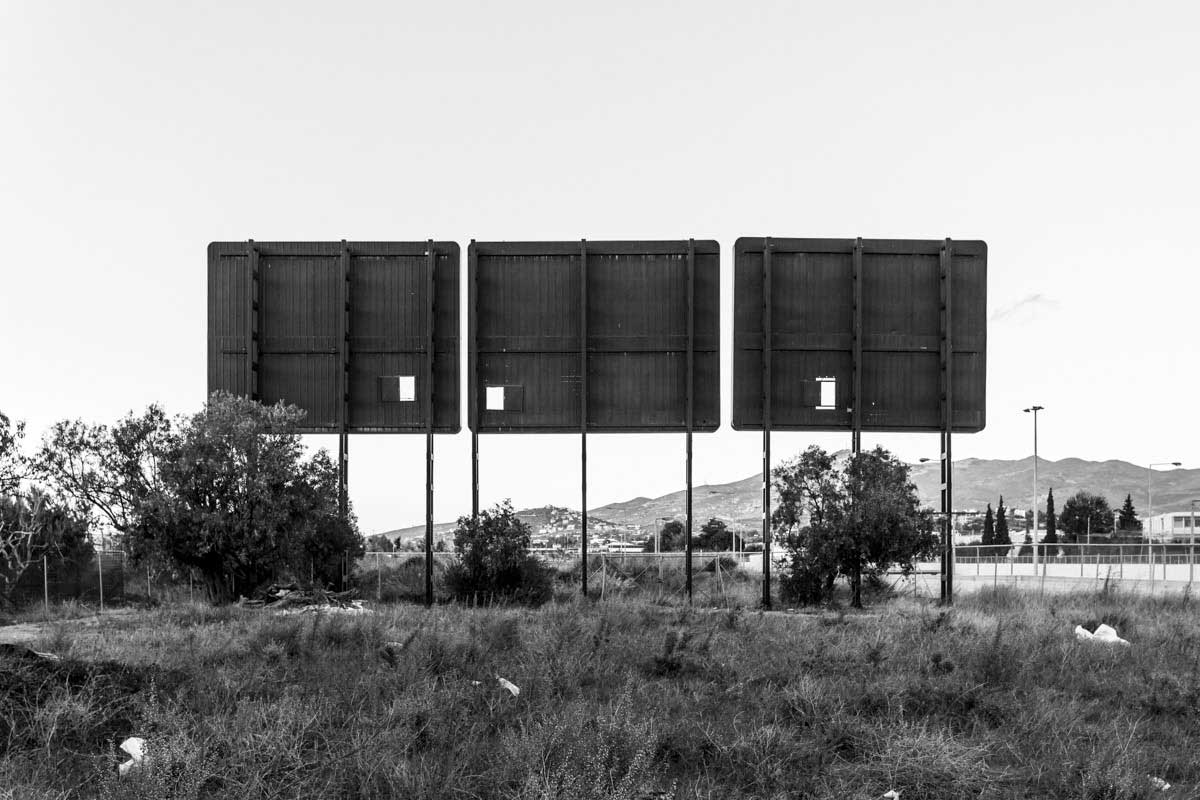
About Martin Grabner
Martin Grabner, born 1979 in Graz, Austria, works in-between art and research in the fields of architecture and city on the contentual and photography and filmmaking on the media side. He graduated in Architecture at Graz University of Technology and in Fine Art Photography and Multimedia Art at the Ortweinschule Kolleg, also in Graz.
Currently he is teaching architectural design at an urban scale and doing research in urban design with a focus on public space at Graz School of Architecture at Graz University of Technology. He is writing about architecture, city and culture in various magazines. Since 2007 his photographic work has been featured and awarded in several solo- and group exhibitions.
The focus of Martin Grabners photographic work is on the exploration, discussion and interpretation of the manifold relations between human and space. The most central topic is the expression of social meaning and transformation in the production, usage and reception of everyday life architectures in the widest sense taking in account to the (re)appropriation of public space and everyday life urban practice. A further interest is on the spatial manifestation and challenging of societal structures of power, questioning especially how visible and invisible borders in cities work, how selective and permeable they are and, above all, who is defining them. Moreover the increasing transformation of urban space to a pictorial space is explored in the work: Researching urban signs and the iconicity of architecture, he examines the increasing commercialization and privatization of urban space and the seemingly inevitable urban flood of images that establishes its own non-spatial context in todays neoliberal cities.
Recently Martin Grabner started to work also with the media film considering the dialectic relationship of photo and film in the representation of architecture and space and challenging the convergence of the two media. Together with Hans-Dieter Edler, 2016 he released the conceptual urban documentary „Transformig Urban: Tel Aviv“ on the exceptional transformation of urban space in Tel Aviv for one day at Yom Kippur.
Martin Grabner understands his work as visual urban research, based on architectural and social theories, among others considering Henri Lefèbvre, Denise Scott-Brown and Robert Venturi or Rem Koolhaas, that complements and completes his work at university. [Official Website]
